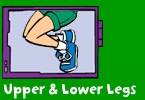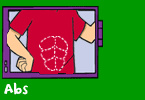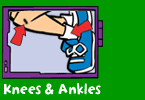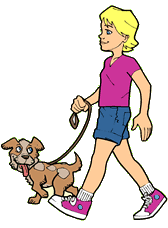BAM! Body and Mind
Physical Activity
Physical Activity

 Walking means more than transportation to Rahul Bansal, an 18-year-old from Plainsboro, New Jersey. For Rahul, walking was the door to a whole new world—helping others.
Walking means more than transportation to Rahul Bansal, an 18-year-old from Plainsboro, New Jersey. For Rahul, walking was the door to a whole new world—helping others.
Being Bored to Being a Hero
It all started in a 7th grade study hall when Rahul wasn't busy doing homework. His teacher asked him to help her fill in forms for a walk-a-thon called WalkAmerica that was coming up. WalkAmerica raises money for the March of Dimes, a group that improves the health of babies by preventing birth defects (problems that happen while a baby is developing inside the mother) and other things that can cause babies to die. After he finished filling out the forms, he started reading the information about the March of Dimes attached to them. Then, he took the first step—he decided to give WalkAmerica a try.
Read More!





If you walk 6,000 steps each day, you will walk a mile!
Racewalking has been an Olympic sport since 1908. It is the longest foot race (31 miles!) in the Olympics.
The distance to the sun is 93.5 million miles. If you walk about 4 miles every hour (which is fairly fast) it would take you 23.4 million hours, which is 974,000 days or 2,670 years to reach the sun!
Racewalking has been an Olympic sport since 1908. It is the longest foot race (31 miles!) in the Olympics.
The distance to the sun is 93.5 million miles. If you walk about 4 miles every hour (which is fairly fast) it would take you 23.4 million hours, which is 974,000 days or 2,670 years to reach the sun!
Centers for Disease Control and Prevention, 1600 Clifton Rd, Atlanta, GA 30333, U.S.A
Tel: (404) 639-3311 / Public Inquiries: (404) 639-3534 / (800) 311-3435
Tel: (404) 639-3311 / Public Inquiries: (404) 639-3534 / (800) 311-3435
